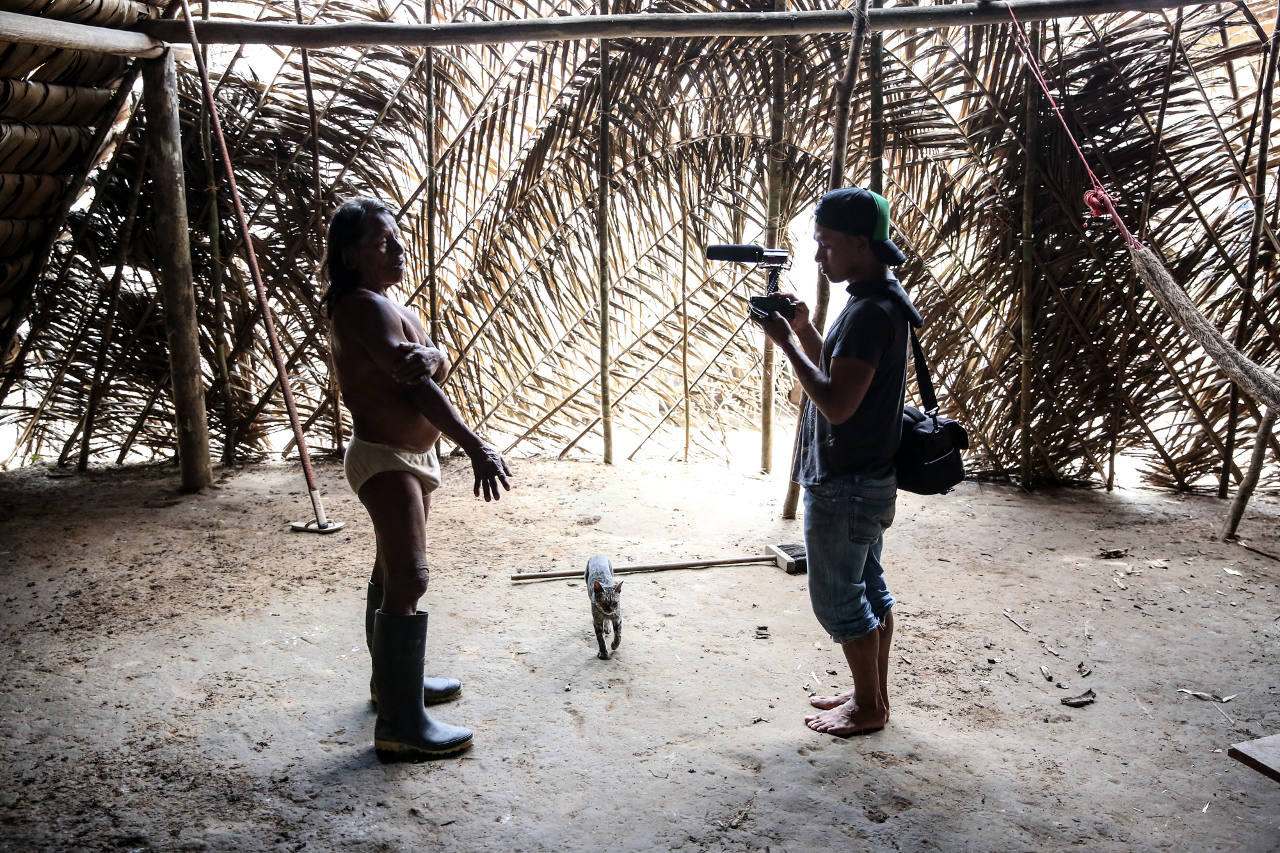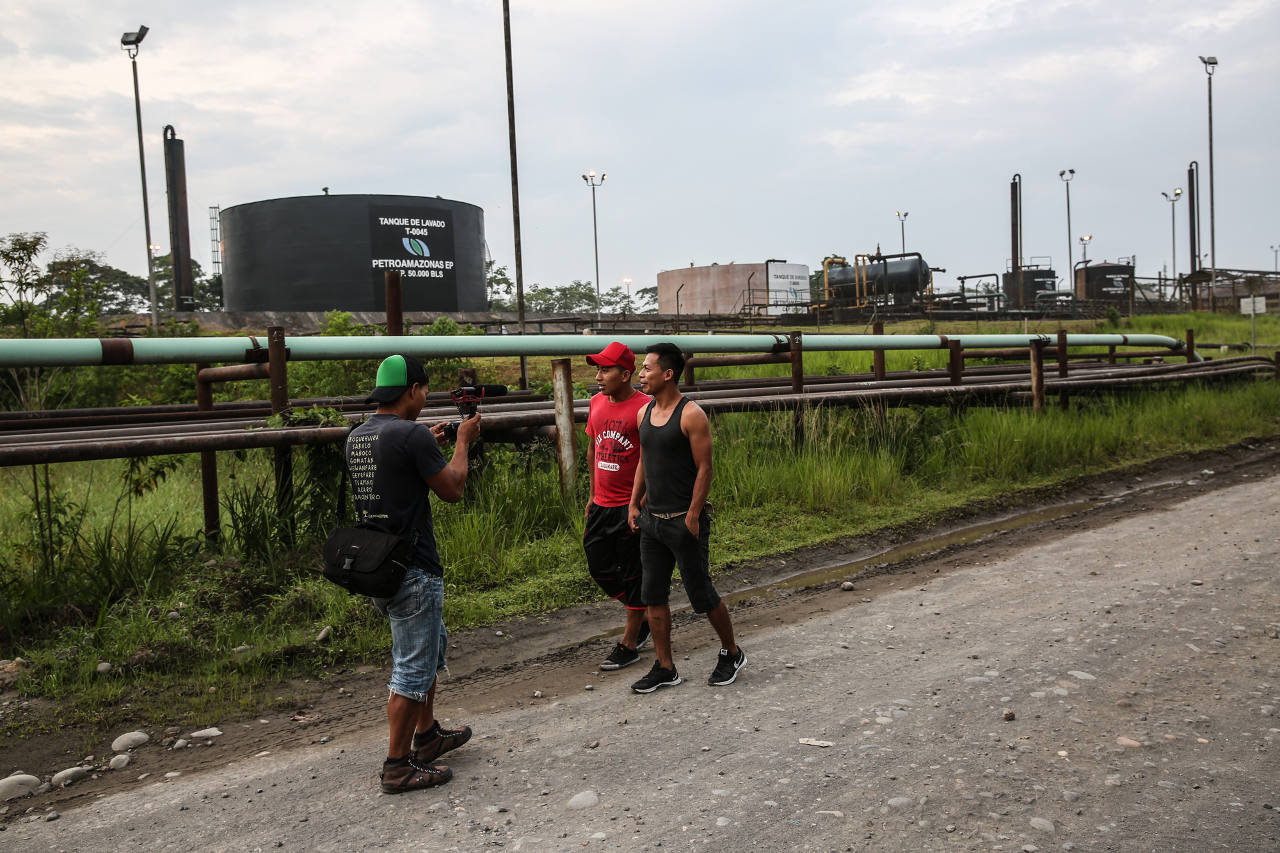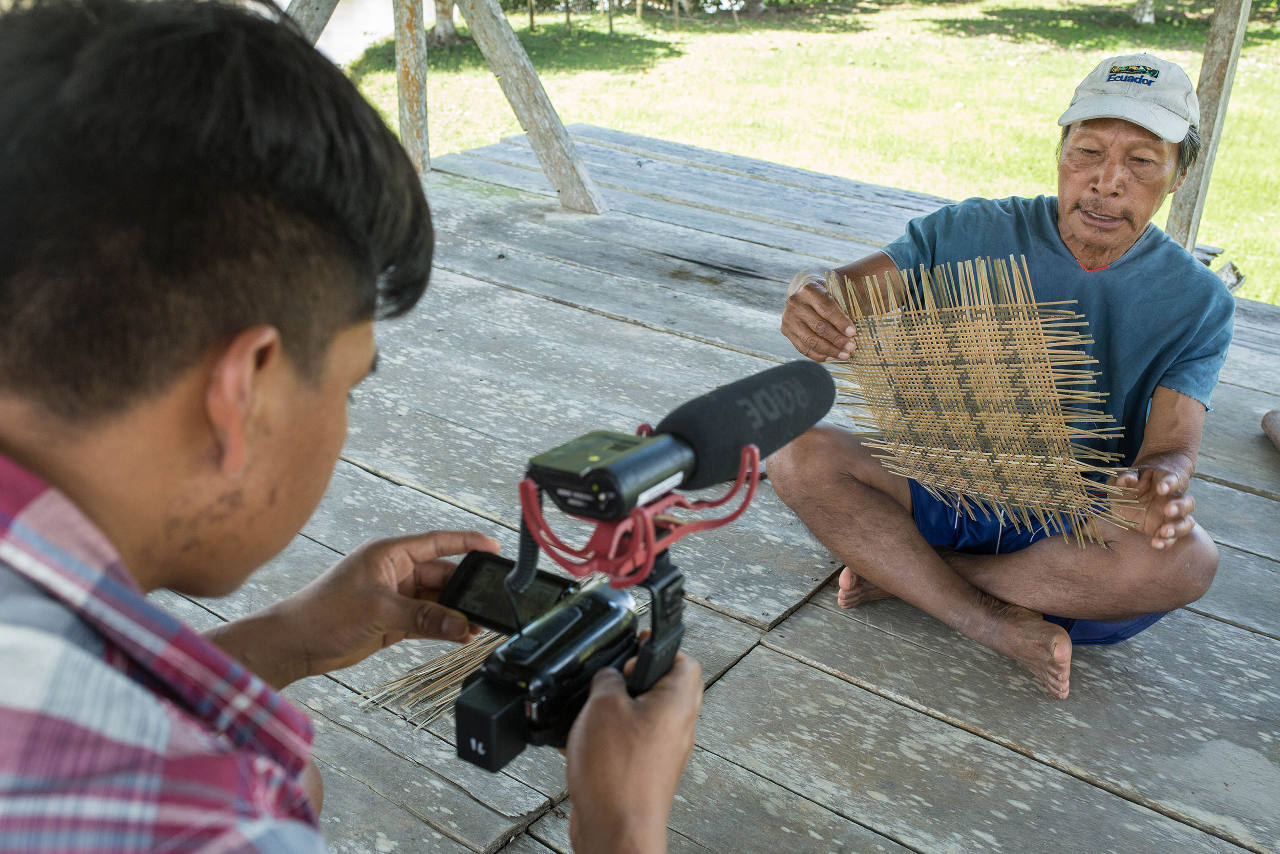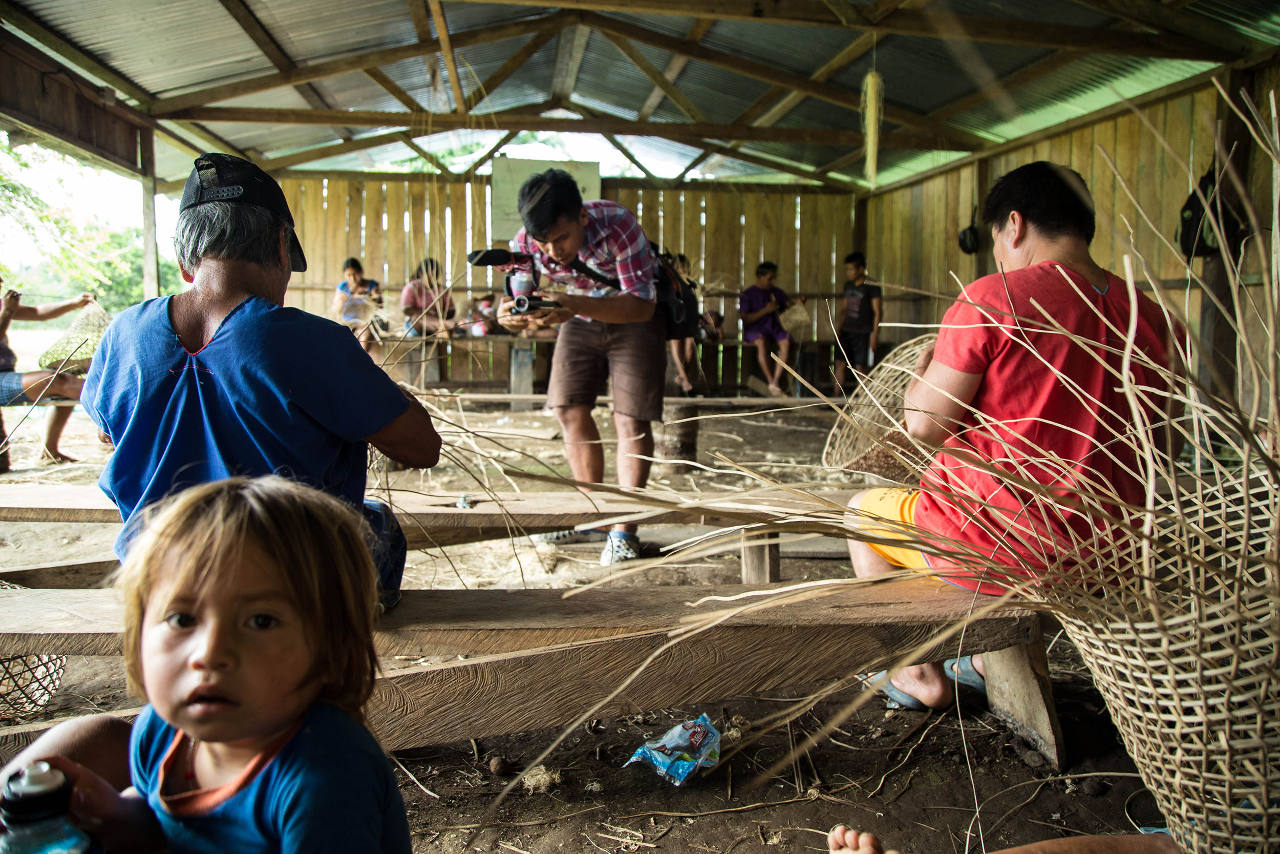For decades now, indigenous nations have been undergoing drastic changes to their ways of life, their culture and their land. They have struggled to deal with a dominant civilization that has intended to instill new beliefs through evangelization, then take advantage of their land to exploit resources for the cities’ benefit, far away from their own territories.
This has forced the nations to adapt to new ways, leading to a progressive loss of their traditional practices, their language and their cultural legacy.
In this process of constant change, the people have recognized the urgent necessity to hold on to what defines them as nations in a global context that tends to standardize their cultures.
The quest has brought forward the potential and use of many tools that western civilization provides — the technology for documentation purposes.

The workshops prioritize the practical and experiential side of learning because we feel that it is through human relationships in the communities, that the trainees can learn more about filmmaking — but perhaps more importantly — how they can understand their own origins from a documentary standing point.
Oral Tradition
Indigenous people have mastered storytelling since the beginning of time. Elders have told stories that their ancestors told to their grandchildren. This oral mode of transmission has been carrying myths and tales through the passing of centuries. But as of today, this tradition is seriously being threatened by an overwhelming offer of ordinary western information. The urgency to rescue these unique and traditional stories is evident, so the young trainees are taking matters into their own hands — recording stories told by their elders to share them with their people and save them for those who have yet to come.

History
 Another important aspect of filmmaking training is to provide a tool to practice documentation and the research of the history of their own nations. Through personal accounts told by their families and community members, the trainees weave a bigger story that presents their culture, their nation’s history and their ancestors.
Another important aspect of filmmaking training is to provide a tool to practice documentation and the research of the history of their own nations. Through personal accounts told by their families and community members, the trainees weave a bigger story that presents their culture, their nation’s history and their ancestors.
All the material is carefully stored and catalogued in order to also create a media library for the nations.
The trainees are also creating a series of short films that showcase traditional practices. From how to make to how to use medicinal plants, the trainees are collecting with their cameras a variety of knowledge, some of which is in the verge of being lost forever. These short films will help sustain their cultures and even serve as future guidance so other people within the nation can learn the crafts.
Accompanying Processes
Filmmaking and photography documentation can play an essential role when it comes to indigenous rights struggles and their search for justice. Many of the trainees’ communities are facing strong pressure from the outside, whether it is over resources or other forms of conflict. These young people are being trained to be an active part of the movement to resist such threats. With their cameras as their tools, they are understanding the importance of sharing information and telling the stories that define their people’s struggles.

We believe these trainings are essential for cultural sustainability, so the nations can tell their own stories and struggles in their own words, without manipulation from the outside media. But more importantly, we believe that this process will help them understand their people’s present context, and view a future for their generations to come.




